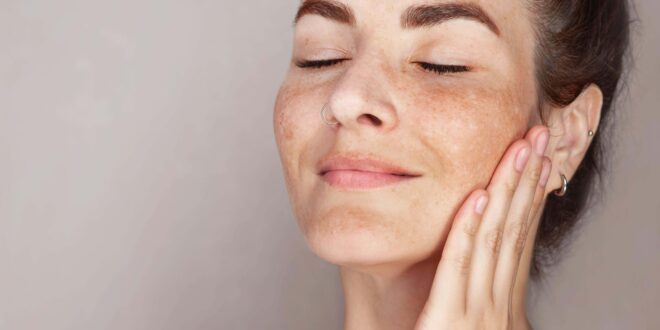Sunlight is life-giving, mood-lifting, and essential for vitamin D production. But for your skin, it can sometimes be a double-edged sword. If you’ve ever noticed dark spots or patches that seem to worsen after spending time outdoors, you’ve likely encountered hyperpigmentation. Let’s explore how the sun impacts this common skin condition and the ways to protect your skin from further damage.
What Is Hyperpigmentation?
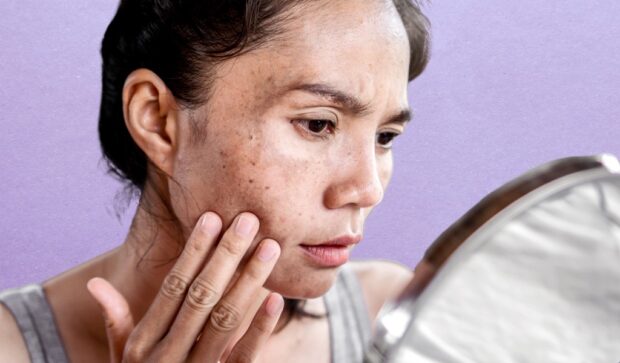
Hyperpigmentation refers to areas of skin that appear darker than the surrounding skin tone due to an excess of melanin production. Melanin, the pigment responsible for your skin color, plays a protective role by absorbing harmful UV rays. But when overproduced, it can cause uneven skin tone.
Forms of hyperpigmentation include:
- Melasma: Hormonal changes often trigger melasma, leading to larger, symmetrical patches of darkened skin, especially on the face.
- Post-Inflammatory Hyperpigmentation (PIH): This occurs after skin injuries, such as acne, burns, or cuts. The skin reacts by producing excess pigment in the affected areas.
- Age Spots: These small, dark spots typically appear in sun-exposed areas like the face, hands, and shoulders after years of UV exposure.
No matter the type, one common factor is the sun’s role in exacerbating the condition.
How Sunlight Triggers Hyperpigmentation

The sun is the primary culprit in most cases of hyperpigmentation. When your skin is exposed to ultraviolet (UV) radiation, it produces more melanin as a defense mechanism. For those prone to hyperpigmentation, this natural protective response can go into overdrive.
The Two Types of UV Rays
UVA Rays
- Penetrates deeper into the skin layers.
- Associated with premature aging and can worsen conditions like melasma.
UVB Rays
- Responsible for sunburns and directly damages the outer layers of skin.
- Stimulates melanin overproduction, leading to dark spots.
Even minimal exposure can intensify hyperpigmentation. Your skin remembers every moment of unprotected exposure, which accumulates over time, contributing to age spots and worsening existing pigmentation.
The Vicious Cycle of Sun and Pigmentation
Think of your skin like a thermostat. When exposed to sunlight, it “turns up” melanin production to prevent UV damage. However, for people prone to hyperpigmentation, this mechanism becomes overly sensitive. Small doses of sunlight can worsen dark patches, creating a frustrating cycle.
The kicker? Even with treatments to fade hyperpigmentation, sun exposure can undo progress. It’s why prevention is just as important as treatment.
Protecting Your Skin from Sun-Induced Hyperpigmentation
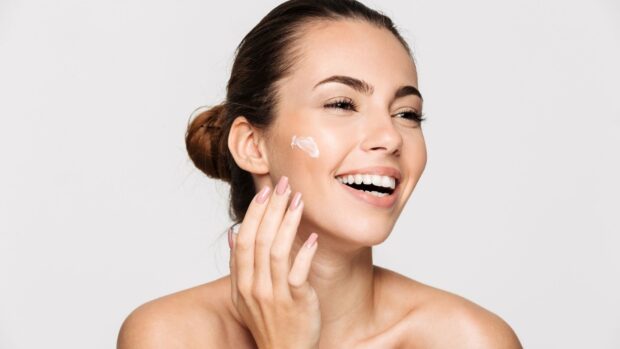
Sunscreen: Your Skin’s Best Friend
The single most important tool in your arsenal is sunscreen. And yes, it needs to be used daily, not just on sunny days. UV rays can penetrate clouds and windows, making year-round protection essential.
Tips for Effective Sunscreen Use:
- Choose a broad-spectrum sunscreen with SPF 30 or higher.
- Reapply every two hours, especially after swimming or sweating.
- Use about a nickel-sized amount for your face and a shot glass worth for your entire body.
- Don’t forget neglected areas like ears, neck, and the back of your hands.
Wear Protective Gear
Hats and sunglasses aren’t just stylish accessories—they’re practical shields against UV exposure. Wide-brimmed hats provide shade for your face, while UV-blocking sunglasses protect delicate areas around your eyes.
Avoid Peak Sun Hours
UV rays are strongest between 10 a.m. and 4 p.m. Limiting direct exposure during this time reduces your risk of sun damage. If you’re outdoors, stick to shaded areas or carry an umbrella.
Addressing Existing Hyperpigmentation
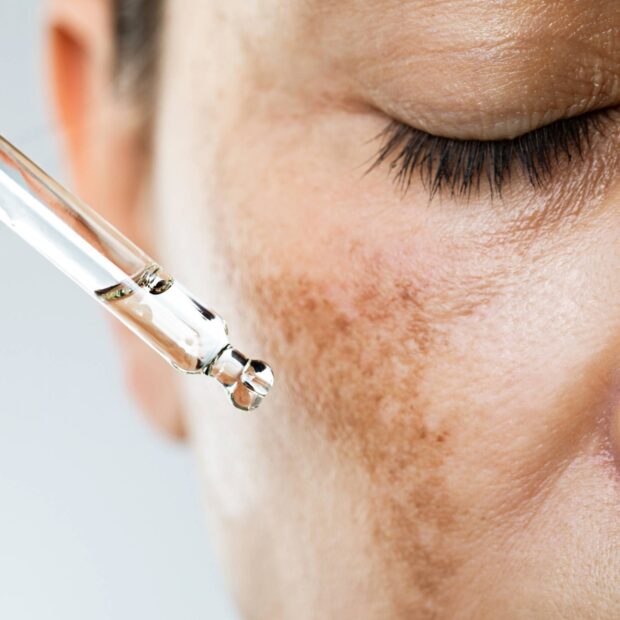
If you’re dealing with stubborn dark spots, sun protection alone won’t erase them. Treatment options range from at-home remedies to professional interventions.
Topical Treatments
Some ingredients can help fade pigmentation by targeting melanin production or encouraging skin cell turnover:
- Vitamin C: Brightens skin and protects against oxidative stress caused by sunlight.
- Niacinamide: Reduces inflammation and helps lighten dark spots over time.
- Retinoids: Promote cell turnover, helping to fade discoloration.
- Azelaic Acid: Reduces pigmentation and soothes irritation.
Consistency is key. Results from topical treatments can take weeks or even months to appear.
Chemical Peels
Chemical peels exfoliate the top layers of skin, revealing a fresher, more even tone underneath. They can effectively treat melasma and PIH, though multiple sessions are often needed for optimal results.
Laser Treatments
For stubborn pigmentation, laser treatments can offer targeted solutions. Lasers break down melanin in the affected areas, lightening dark spots without harming surrounding skin. To explore more options, check out top melasma treatments.
Myths About Hyperpigmentation and Sun Exposure
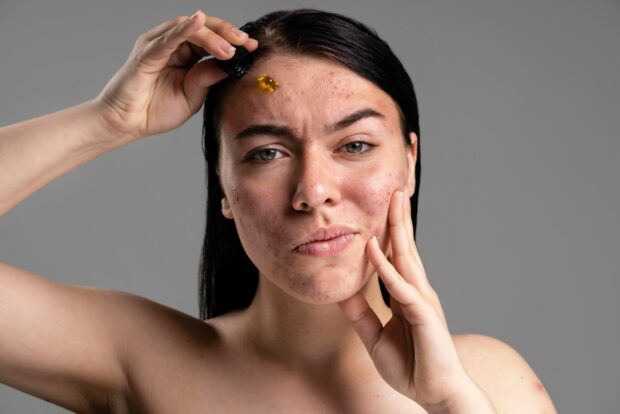
There’s plenty of misinformation about hyperpigmentation. Let’s clear up some common myths:
- Myth 1: Darker skin tones don’t need sunscreen.
Fact: People with darker skin are less prone to sunburn but are equally susceptible to hyperpigmentation caused by UV exposure. - Myth 2: Sunscreen is only necessary on sunny days.
Fact: Up to 80% of UV rays can penetrate clouds. Daily sunscreen use is crucial, regardless of the weather. - Myth 3: Once treated, pigmentation won’t return.
Fact: Without consistent sun protection, pigmentation can easily reappear.
The Emotional Impact of Hyperpigmentation
Hyperpigmentation isn’t just a cosmetic issue. It can affect confidence and self-esteem, especially when it’s on visible areas like the face. The frustration of fading spots only to see them return can feel defeating.
If you’re in this position, know that you’re not alone. Skin care is a journey, not a sprint. Patience and a consistent routine make all the difference.
Building a Long-Term Skin Care Plan
Managing hyperpigmentation requires a two-pronged approach: prevention and treatment.
Daily Routine Checklist:
- Cleanser: Use a gentle, hydrating cleanser to maintain your skin barrier.
- Treatment Products: Incorporate targeted treatments for dark spots, like serums with vitamin C or niacinamide.
- Moisturizer: Keep your skin hydrated to support overall health.
- Sunscreen: Apply as the final step every morning, without fail.
Professional Support
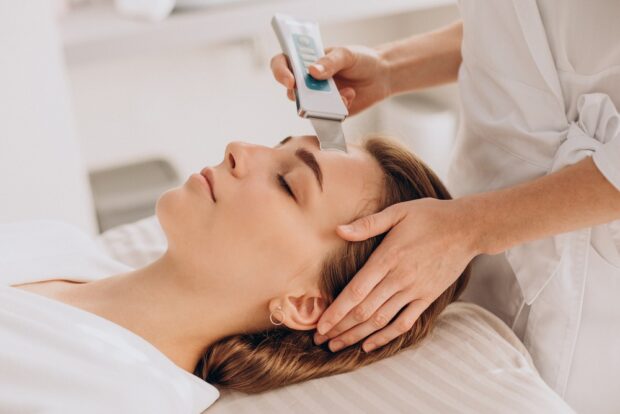
Sometimes, DIY treatments aren’t enough. Dermatologists and skin specialists can create customized plans, combining products and procedures for better results.
Hyperpigmentation Doesn’t Have to Define Your Skin
The relationship between sun exposure and hyperpigmentation is clear, but so is the path forward. Sun protection is your most powerful tool, both for preventing new spots and keeping existing ones in check. Combine this with targeted treatments and professional guidance, and you’re on your way to healthier, more radiant skin.
So, the next time you step outside, arm yourself with sunscreen, shade, and a little knowledge about how the sun works with your skin. Because every small step counts when it comes to caring for your skin!
 Jewel Beat
Jewel Beat
